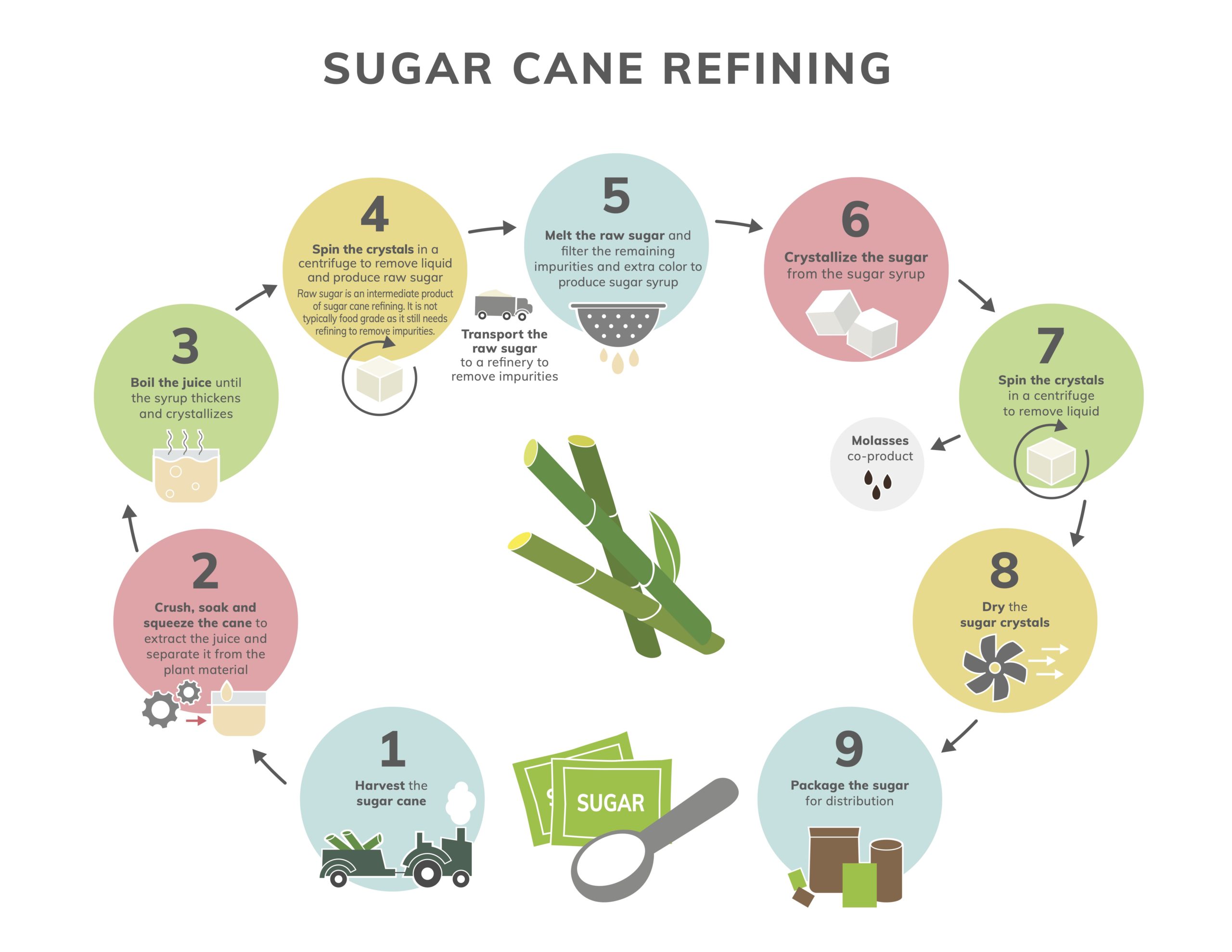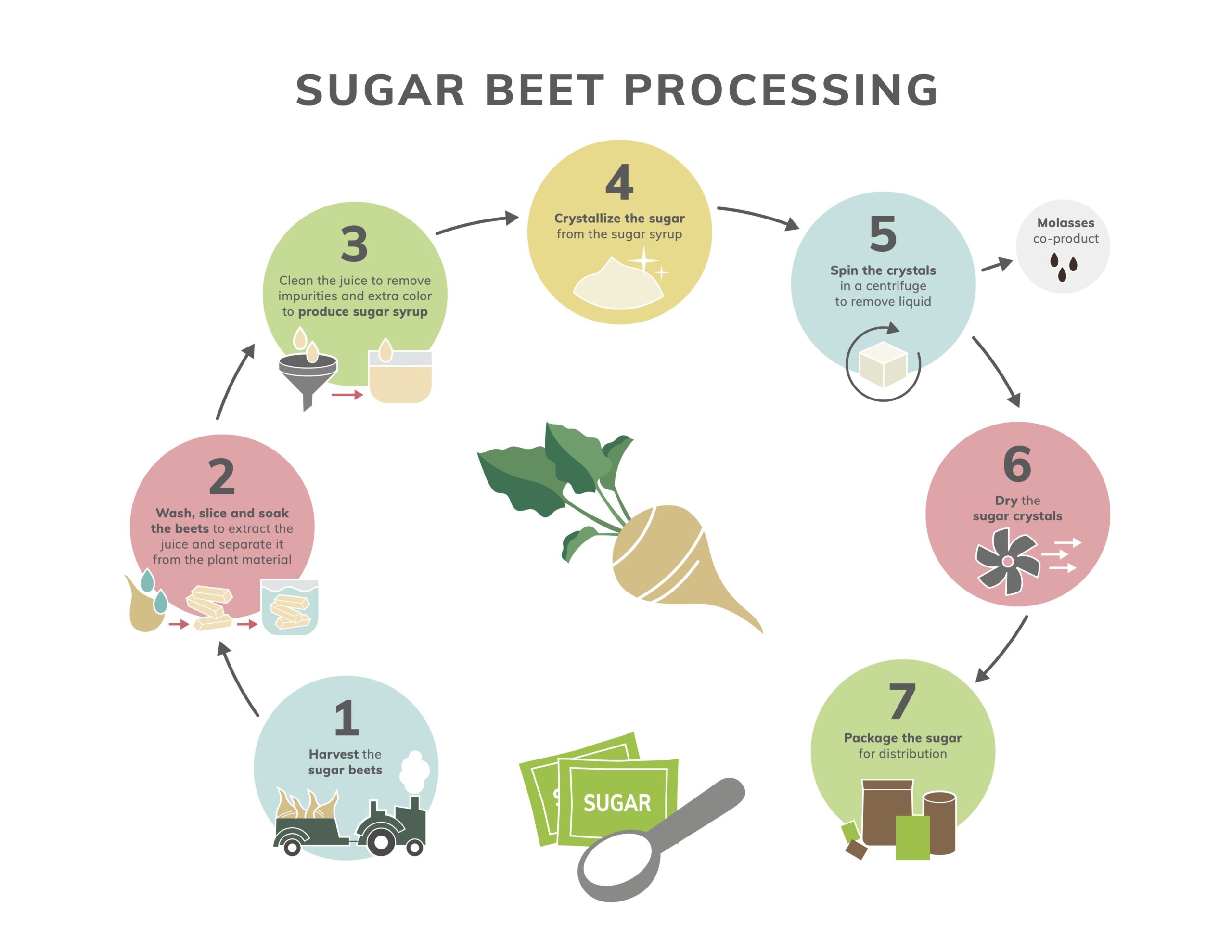Budget-friendly Cane Sugar Processing Chemicals: Increase Performance
Budget-friendly Cane Sugar Processing Chemicals: Increase Performance
Blog Article
Maximizar Rendimientos Y Minimizar Costos: Estrategias Avanzadas Para La Optimización Química Del Procesamiento De Azúcar De Caña
In the realm of cane sugar processing, the pursuit of making the most of returns while concurrently decreasing expenses stands as an awesome difficulty that calls for a calculated mix of innovative chemical optimization techniques. Among this detailed web of techniques lies the promise of opening untapped potential and transforming the really essence of sugar production.
Chemical Evaluation for Efficiency
Chemical analysis plays an essential function in boosting the effectiveness of sugar cane processing by providing crucial insights into the structure and properties of the raw materials. By performing thorough chemical analyses on sugar cane examples, cpus can determine the exact focus of sucrose, sugar, fructose, and various other components existing in the raw product. This information is important for optimizing the various phases of the sugar walking cane processing chain, from crushing to formation.
In addition, chemical evaluation allows processors to determine pollutants such as organic acids, proteins, and minerals that can influence the top quality and return of the last sugar item. By measuring these impurities, processors can implement targeted strategies to get rid of or reduce their impacts, inevitably improving the overall efficiency of the handling plant.
Furthermore, chemical analysis assists in the monitoring of process parameters such as pH, temperature level, and thickness, allowing cpus to make real-time adjustments to make sure ideal problems for sugar removal and condensation. In general, a comprehensive understanding of the chemical composition of sugar walking cane is necessary for maximizing yields, reducing expenses, and preserving high product top quality in the sugar production market.

Enzyme Utilization for Enhanced Yields
With a strategic technique to enzyme usage, sugar cane processors can dramatically improve their returns while keeping operational effectiveness in the production process. Enzymes play an important duty in sugar walking stick handling by breaking down intricate carbohydrates into less complex sugars, thus enhancing the total sugar extraction effectiveness. By incorporating certain enzymes tailored to target the different elements of sugar cane, such as cellulose and hemicellulose, processors can improve the launch of sugars throughout extraction.
Enzyme usage provides the advantage of making the most of sugar returns from the raw product while reducing the power and sources required for handling. This leads to an extra sustainable and cost-efficient manufacturing procedure. In addition, enzymes can aid in minimizing processing time and enhancing the total high quality of the sugar item. Via careful choice and application of enzymes, sugar cane processors can optimize their procedures to attain higher returns and profitability.
Ph Control for Ideal Processing
Enzyme application for raised returns in sugar walking stick processing lays the foundation for addressing the critical facet of pH control for ideal handling performance. Maintaining the proper pH level throughout different stages of sugar walking cane processing is essential for optimizing returns and decreasing prices. pH control is especially crucial during the find out extraction and clarification processes. In the extraction phase, keeping the correct pH assists in achieving efficient sucrose extraction from the walking stick. Managing the pH during clarification help in the precipitation of contaminations and non-sucrose parts, resulting in a purer end product. PH influences the activity of enzymes involved in the breakdown of macromolecules, impacting the general effectiveness of the procedure. By meticulously keeping an eye on and changing the pH degrees at different handling actions, sugar cane processors can boost sugar healing rates, minimize chemical use, and optimize the total manufacturing procedure. Reliable pH control not just improves the quality of the end product but also contributes to lasting and affordable sugar cane processing operations.
Advanced Filtration Techniques
Implementing advanced filtration strategies in sugar cane processing enhances the performance and pureness of the last product through refined splitting up approaches. By integrating innovative filtration technologies, such as membrane purification and turned on carbon filtration, sugar walking cane processing plants can achieve greater degrees of sugar recovery and improved quality assurance.

Activated carbon purification is an additional sophisticated technique that assists in the elimination of colorants, off-flavors, and residual impurities from sugar walking cane items. By utilizing activated carbon's adsorption homes, this filtration approach improves the clarity and preference of the sugar, satisfying the high requirements demanded by customers and market policies.
Energy-Efficient Distillation Approaches
Energy-efficient distillation techniques are important for maximizing the sugar cane handling industry's energy intake while maintaining high-grade item standards. Standard purification processes can be energy-intensive, Clicking Here causing greater production expenses and ecological influences (Cane Sugar Processing Chemicals). Executing energy-efficient Cane Sugar Processing Chemicals purification approaches, such as vacuum purification or molecular distillation, can considerably lower energy demands while enhancing total process efficiency
Vacuum purification involves lowering the pressure within the purification system, which decreases the boiling factor of the fluid mix being processed. This decrease in boiling factor lowers the power needed for vaporization, leading to power financial savings contrasted to conventional distillation approaches.
On the other hand, molecular distillation utilizes short path purification strategies under high vacuum cleaner problems to different substances based upon their molecular weight. This approach is specifically reliable for heat-sensitive substances, as it runs at reduced temperature levels, lowering power intake and maintaining item top quality.
Verdict

Report this page